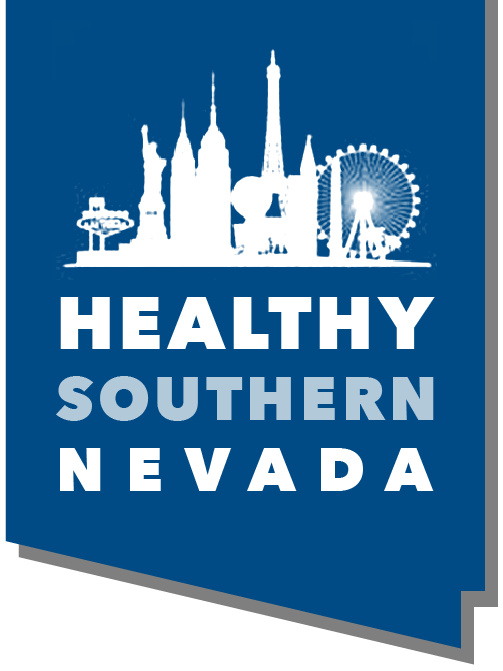Promising Practices
The Promising Practices database informs professionals and community members about documented approaches to improving community health and quality of life.
The ultimate goal is to support the systematic adoption, implementation, and evaluation of successful programs, practices, and policy changes. The database provides carefully reviewed, documented, and ranked practices that range from good ideas to evidence-based practices.
Learn more about the ranking methodology.
Filed under Effective Practice, Environmental Health / Built Environment, Adults, Racial/Ethnic Minorities
Goal: The goal of Zoning for a Healthy Baltimore is to influence the final version of Baltimore’s new zoning code by informing stakeholders and decision-makers about the new zoning code’s potential to create healthy communities and decrease health disparities, with an emphasis on preventing obesity and crime.
Impact: Zoning for a Healthy Baltimore is an HIA of the Baltimore zoning code rewrite in order to maximize the potential to create healthier communities. Since publication, Baltimore has revised its zoning code to incorporate dispersal standards and other strategies related to placement of alcohol outlets.
Filed under Good Idea, Health / Alcohol & Drug Use, Adults, Urban
Goal: To engage patients who may benefit from early intervention and/or education about substance use disorders, and to direct the individuals toward treatment options at the most appropriate levels of care.
Filed under Effective Practice, Health / Alcohol & Drug Use, Teens
Goal: The goal of the A Matter of Degree program is to reduce student drinking and driving after drinking.
A Population Health Approach to Clinical Social Work with Complex Patients in Primary Care (Portland, Maine)
Filed under Evidence-Based Practice, Health / Other Conditions
Goal: Patients with the highest medical and social vulnerability require a population-specific social work intervention in primary care to achieve positive medical outcomes and to decrease inefficient use of services, especially inpatient admissions and ED visits.
Impact: The study exhibits promise in decreasing inpatient visits and cost. The evidence also supports population-specific social work interventions integrated in primary care.
Filed under Effective Practice, Education / Student Performance K-12, Teens
Goal: The goal of this program is to improve academic performance, reduce substance abuse, and reduce school failure among middle and high school students.
Filed under Evidence-Based Practice, Health / Older Adults, Older Adults
Goal: The goal of this promising practice is to increase physical activity in a diverse older adult population.
Impact: Participants in the Active Choices program showed significant increases in physical activity and a greater satisfaction with their body appearance and function. Participants of the program also showed decreases in their BMI.
Filed under Evidence-Based Practice, Health / Adolescent Health, Teens
Goal: The goal of Assisting in Rehabilitating Kids (ARK) is to increase abstinence and safer sex behaviors among substance-dependent adolescents.
Impact: The ARK program successfully increased sexual abstinence among those who received all components: health information, behavior skills training, and risk-sensitization manipulation, with the inclusion of the latter being more resistant to decay over time.
Filed under Effective Practice, Health / Respiratory Diseases, Children, Families
Goal: To increase utilization of asthma management plans and improve quality of life while reducing environmental triggers of asthma in the household and hospitalizations due to asthma among children.
Impact: Short-term community-based asthma outreach workers for children can be effective in enhancing self-management capabilities, improving the quality of life, increasing the use of asthma management plans, and helping families reduce asthma triggers at home.
Filed under Evidence-Based Practice, Health / Alcohol & Drug Use, Children
Goal: The Be a Star program was developed to help preadolescents gain the knowledge and skills necessary to resist drugs.
Impact: During the third year of the evaluation, very strong differences emerged between intervention and control groups. The treatment groups scored significantly higher on the scales rating family bonding, pro-social behavior, self-concept, self-control, decision-making, emotional awareness, assertiveness, cooperation, attitudes toward drugs and alcohol, self-efficacy, attitudes toward African-American culture, and school bonding.
Filed under Evidence-Based Practice, Health / Family Planning, Teens, Racial/Ethnic Minorities
Goal: The goals of this intervention include: increasing information and skills to make sound choices, increasing abstinence, and eliminating or reducing sex risk behaviors.
Impact: Among teens who participated, there was a decrease in sexual activity compared to those who did not participate in the program. Also among participants, there was an increase in sexual intercourse occasions that were condom-protected.

